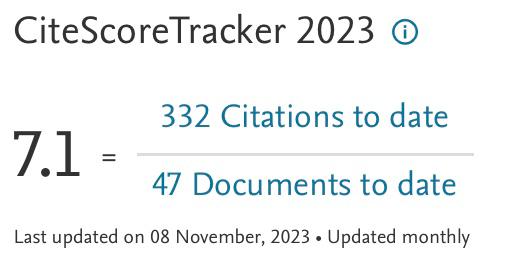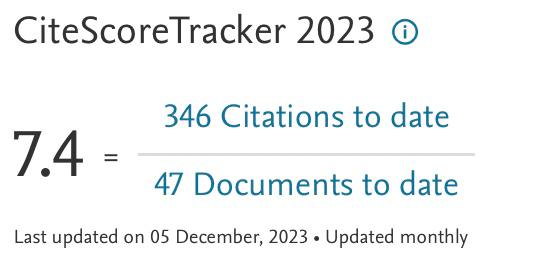Study the Effect of Baffle Spacing on Heat Transfer and Pressure Drop in Shell and Tube Heat Exchanger
Keywords:
[CFD] Computational Fluid Dynamic, [FEM] Finite Element Method using [3D] Three Dimensional, [LMTD] Log Mean Temperature Difference, [STHE] Shell and Tube Heat Exchangers, [STHXsFT] Shell-and-Tube Heat Exchangers with annular-Finned Tube bundle, [STHXsPT] Shell-and-Tube Heat Exchangers with Plain Tube bundleAbstract
This work aims to develop and test a MATLAB computer program to design shell and tube heat exchanger [STHE] utilizing Bell (Delaware) model, which is an accurate method for calculating shell side head transfer coefficient and its pressure drop . Bell method is based on correction factors, which were obtained experimentally. The MATLAP code was utilized to conduct an intensive parametric study in shell and tube heat exchangers including the effect of different parameters on shell side convective heat transfer coefficient and on shell side pressure drop. It was found that increasing of the tube thickness results in an increase in heat exchanger length. The effect of baffle spacing on shell side heat transfer coefficient and the corresponding pressure drop for different tube array layouts and for different shell and tubes specifications such as shell inside diameter, tube outside diameter, tube pitch, number of tubes, and number of tube passes. It was found that increasing of baffle spacing results in a decrease in shell side convective heat transfer coefficient. and it results in a decrease in the shell side pressure drop. However, in case of in-line square tube array, the convective heat transfer has higher values in the entire range of baffle spacing, which is favorable since it lowering the heat exchanger surface area and the corresponding heat exchanger length. While the pressure drop has higher values in case of in-line square tube arrays in whole range of baffle spacing which is not favorable.
























